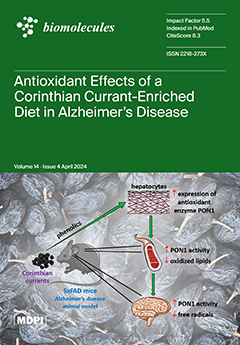Cerebrovascular disease accounts for major neurologic disabilities in patients with type 2 diabetes mellitus (DM). A potential association of mitochondrial DNA (
mtDNA) and inflammation with cerebral vessel remodeling in patients with type 2 DM was evaluated. A cohort of 150 patients and 30 healthy controls were assessed concerning urinary albumin/creatinine ratio (UACR), synaptopodin, podocalyxin, kidney injury molecule-1 (KIM-1), N-acetyl-β-(D)-glucosaminidase (NAG), interleukins IL-17A, IL-18, IL-10, tumor necrosis factor-alpha (TNFα), intercellular adhesion molecule-1 (ICAM-1).
MtDNA-CN and nuclear DNA (
nDNA) were quantified in peripheral blood and urine by qRT-PCR. Cytochrome b (
CYTB) gene, subunit 2 of NADH dehydrogenase (
ND2), and beta 2 microglobulin nuclear gene (
B2M) were assessed by TaqMan assays.
mtDNA-CN was defined as the ratio of the number of
mtDNA/nDNA copies, through analysis of the
CYTB/B2M and
ND2/B2M ratio; cerebral Doppler ultrasound: intima-media thickness (IMT)—the common carotid arteries (CCAs), the pulsatility index (PI) and resistivity index (RI)- the internal carotid arteries (ICAs) and middle cerebral arteries (MCAs), the breath-holding index (BHI). The results showed direct correlations of CCAs-IMT, PI-ICAs, PI-MCAs, RI-ICAs, RI-MCAs with urinary
mtDNA, IL-17A, IL-18, TNFα, ICAM-1, UACR, synaptopodin, podocalyxin, KIM-1, NAG, and indirect correlations with serum
mtDNA, IL-10. BHI correlated directly with serum IL-10, and serum
mtDNA, and negatively with serum IL-17A, serum ICAM-1, and NAG. In neurologically asymptomatic patients with type 2 DM cerebrovascular remodeling and impaired cerebrovascular reactivity may be associated with
mtDNA variations and inflammation from the early stages of diabetic kidney disease.
Full article






